While living in Uppsala you will obviously encounter nations as a crucial part of your life here. You already know or have heard that each nation has a pub where you can hang out, clubs to celebrate being young for reasonable, student friendly prices and other fun activities. However, a great way to find your home, here so far away from all your friends and family is to get active in a nation. But what does that mean exactly? Let me give you a short introduction in what it means to be active, how to get active and what do you get for doing that!
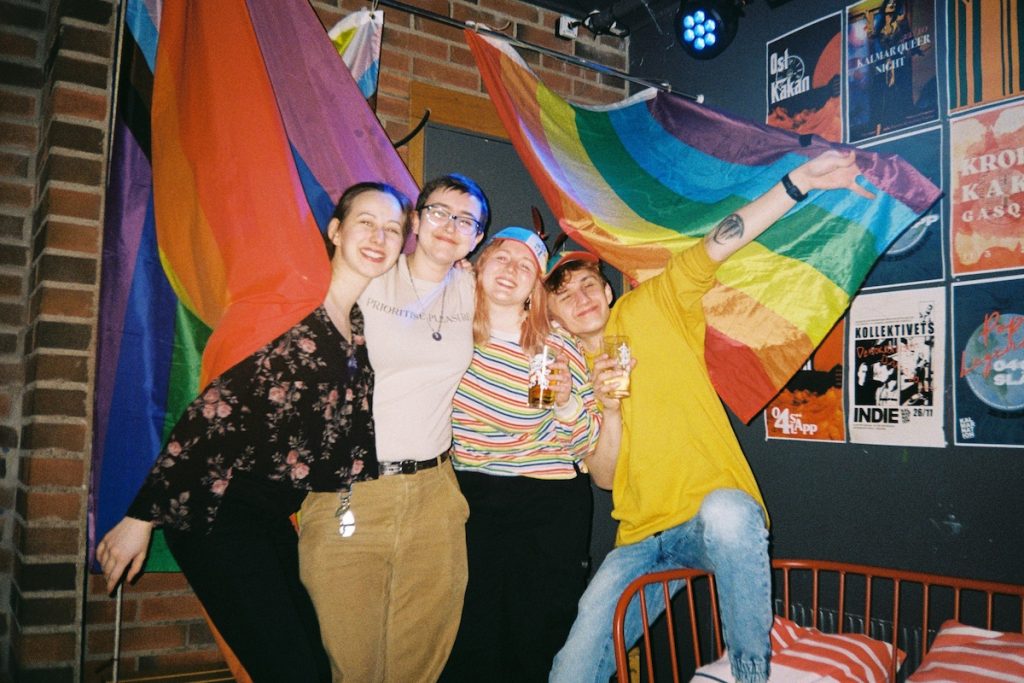
What can you do?
Sustaining an organization like a student nation is actually much harder than you might expect. There are many parts in the organization that need to work together and collaborate to provide all the wonderful activities that nation does. There are a lot of positions that you can take to be a part of this wonderful mechanism. The most common ones are the ones in clubwork. Clubwork is a part of the nations that works with the pub, clubs, events and gasques. Therefore there is a need for a lot of people in different positions to make this work. Do keep in mind that in different nations you might have different names or amounts of certain positions, I will share the structure of the nation I am active in – Kalmar nation, but it could vary a bit!
The spine of the clubwork is the clubworkers of course! There are usually around 10 positions for clubworkers and they are the ones making sure you can go and hang out in the nation pubs! Clubworkers are in charge of either the bar or kitchen during a pub night and also the staff that works in the pub! It is the most common first position to take in a nation because you can really get into the ground level of the operation and understand exactly how a nation works! You can apply to be a clubworker and take the position for one semester, where you then would be in charge of the pub, usually one night a week! Other positions in the clubwork are clubmasters – the people organizing clubs, fika-masters, who are in charge of fika, headwaiter, kitchen master etc. The latter ones are a usual second step after the semester as a clubworker and it works very well too since you already have experience in how the nation works and can continue working in it!
But that is absolutely not all, the nations have other positions that deal with other parts which are just as important. There are the marketing team that makes sure the nation is presented in the best possible way on the social media and posters, the recceförman and international secretaries, who make sure that new students are welcome, feel at home and get all the information you need. There are marshals and flag bearers who participate in the more traditional activities and are very important in representing a nation and making sure the events run smoothly. Each nation has a newspaper, so you can become an redactor of the newspaper and a librarian who keeps sure that the nations libraries are in check. There are also archivists working with keeping the legacy of the nation safe, song masters, who lead the songs in gasques, different positions for the different activity groups like theatre, choir and other! And of course the qurators who are in charge of part of the nation, 1Q is in charge of the nations administrative side and representation, 2Q in charge of finances and economy and 3Q is in charge of the restaurant business – pub, clubs etc. Some nations also have a 4Q who is in charge of gasques and rent outs. These positions (except the qurators) are a usual second or third step after being in the clubwork and that is when you have been in the nation for a while and are ready to more administrative work in the nation!

As you can see there are so so many things you can do at a student nation and each of them are very important to keep the nation working. Furthermore, it means that everyone can find a place where they belong and do what they do best!
Where to start?
The nation might sound like a complicated organization and quite hard to understand, getting active is so so easy! The only thing you need to do is take a shift at the pub! Just look up the staff facebook group of a nation, if you can`t find it, just go to your nation and ask around! It is very simple to take shift and start working, you can even earn a teeny tiny bit of money for doing so, but the friendships gained this way are precious. You can start working at the pub, clubs, gasques or fika and that is the perfect way to get to know people who are active and put your foot in the door of the nation! Usually people start working in the pub for a semester and then decide to take a position, commonly a clubworker since you are now accustomed with how the pub works. The nations usually have an informational evening to tell more about what it is like to be a clubworker and then you just apply at the qurators office and hopefully get elected and start your journey!
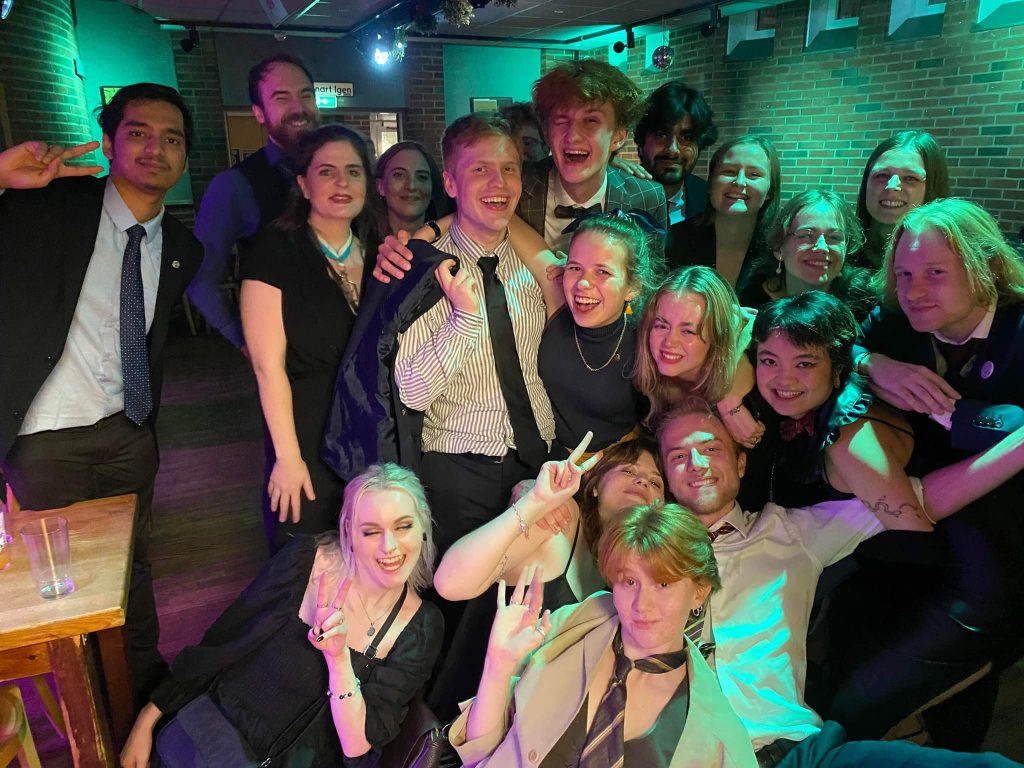
What are the perks?
The thing about taking a position at a nation is that you usually do not get paid for it. It is voluntary since it is just students working to provide fun times for other students. That is actually my favourite part of nations – students working together for students! However, when you are active in a nation you get to spend a lot of time together with other positionholders and you make the most wonderful friendships and memories there! It is a perfect way to find your home away from home just like they intended when they founded the nations in 17th century. When you are a clubworker you also get fun perks like the KK card which lets you in any nations club for free and with the option of skipping the queue, which is obviously wonderful. And you can take another person in with you! You also get to go to KMK dinners, where you get a fancy dinner together with all clubworkers in all the nations and you can celebrate the life of a student in Uppsala. Some nations have other perks, like a discount in their pub, free entrance and skipping the queue in the nations clubs etc (these are the examples of being a position holders in Kalmar nation! But once again – everyone loves being active in the nations because of the friendships and family feel of the organization!
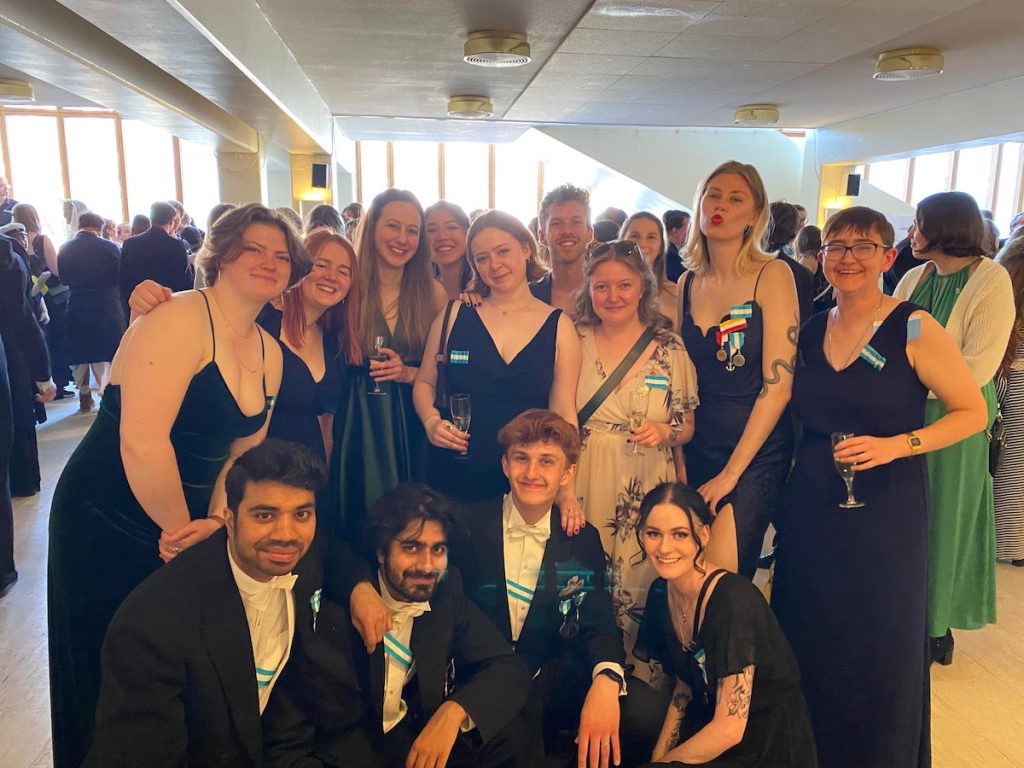
My journey at Kalmar nation (so far)
When I was looking up universities in Sweden, Uppsala caught my eye exactly because of the vibrant student life within the nations. I knew that I will want to be active in a nation straight away so I started literally the first week I was here. When I registered to Kalmar nation I asked – what do I do to become active, and got the tip to take a shift at the pub. Next day I was in Kalmar kitchen flipping burgers, without even knowing that the people I met there that night will become the best of my friends! After a few weeks working the pub, clubs and gasques I got offered to take a clubworker position since not all of them were filled and I accepted straight away! I became a clubworker without really knowing what it means, but I was sure that I was up for the adventure of a lifetime! I started working in the pub every week and making strong bonds with my fellow clubworkers and other people in the nation. Soon enough I was at a point where at any time I could go down to the nation and meet up people and hang out without even making plans, cause the family vibe in the nation is incredible. Once the autumn semester of 2022 was coming to the end I decided to take a position of a clubmaster – therefore taking up the responsibility of organising clubs next semester.
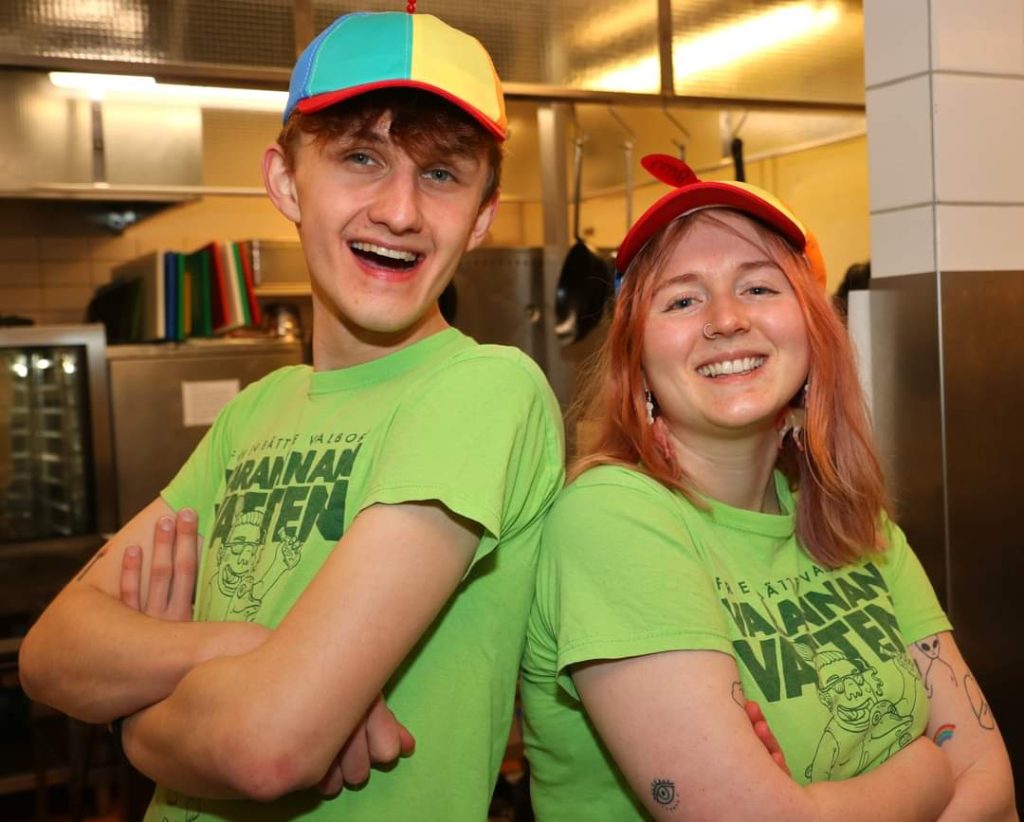
And so I did, it was my favourite position so far and very valuable experience since at times I was in charge of 20-25 people at a single night! It was fun coming up with the themes of clubs, learning how to set up DJ technique, working with our wonderful staff and making friendships that will last a lifetime! I got to experience Valborg with my wonderful friend both partying and organising events. When the spring arrived everyone in the nation was such a nice family, we were hanging out every day, having picnics, beach days and going to trips together. At the end of spring I decided to take up the position of a recceförman therefore being in charge of organizing events for new students and welcoming them into this wonderful Kalmar family! And that is what I have been doing this semester and I have absolutely loved it! Seeing new fun people join the nation and start their journey of being active in Kalmar has been absolutely wonderful!
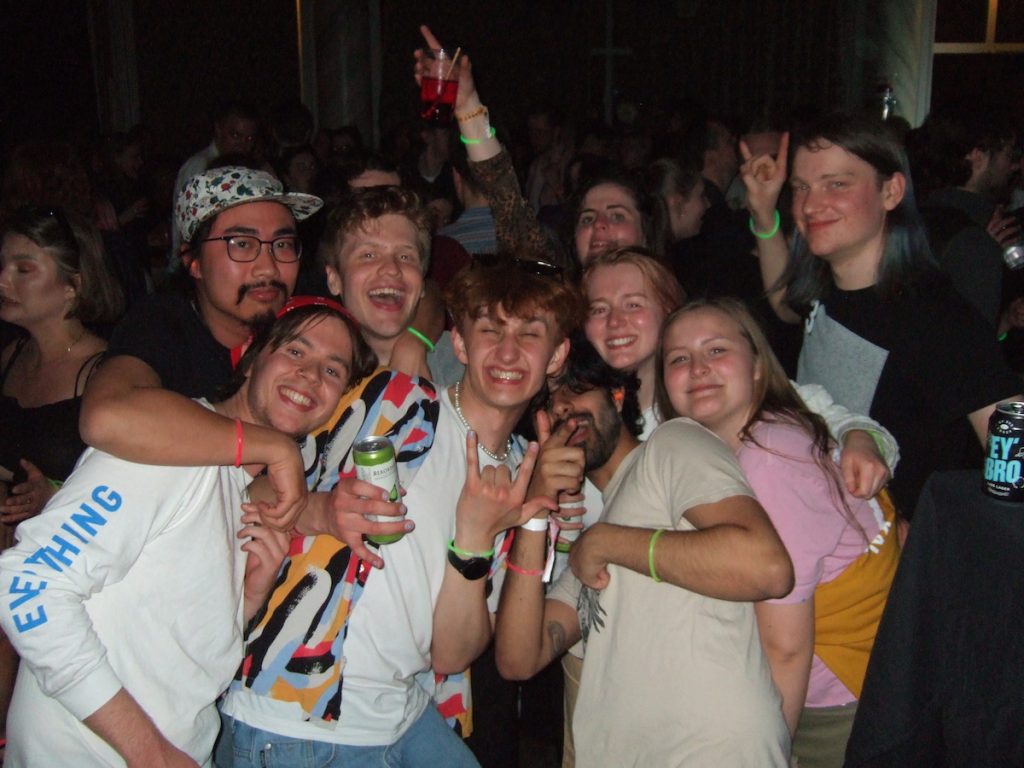
In the end I just want to say that if you are in Uppsala for 2 years, 1 year or even just a semester, getting active in a nation is a perfect way to find your little family and make friends for life! It is a wonderful concept and really makes a difference in your life here in Uppsala! I would advise everyone to start this journey in a nation they like, cause the perks are just priceless. I am so happy that I made this choice and I really enjoy it every single day!

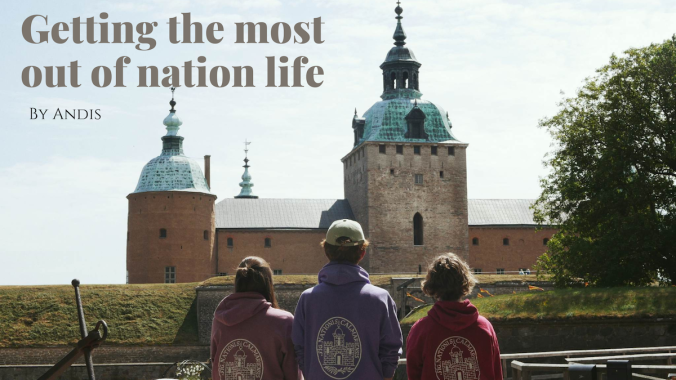

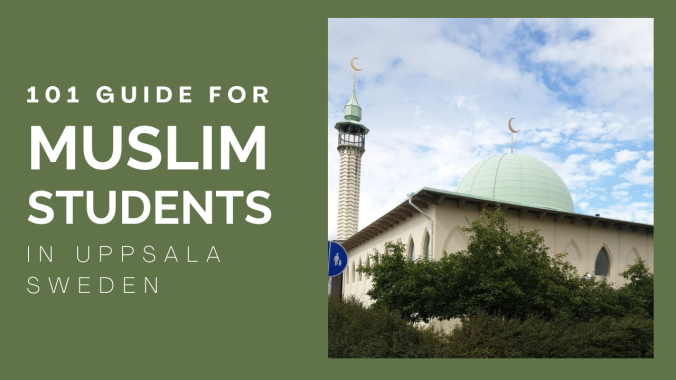
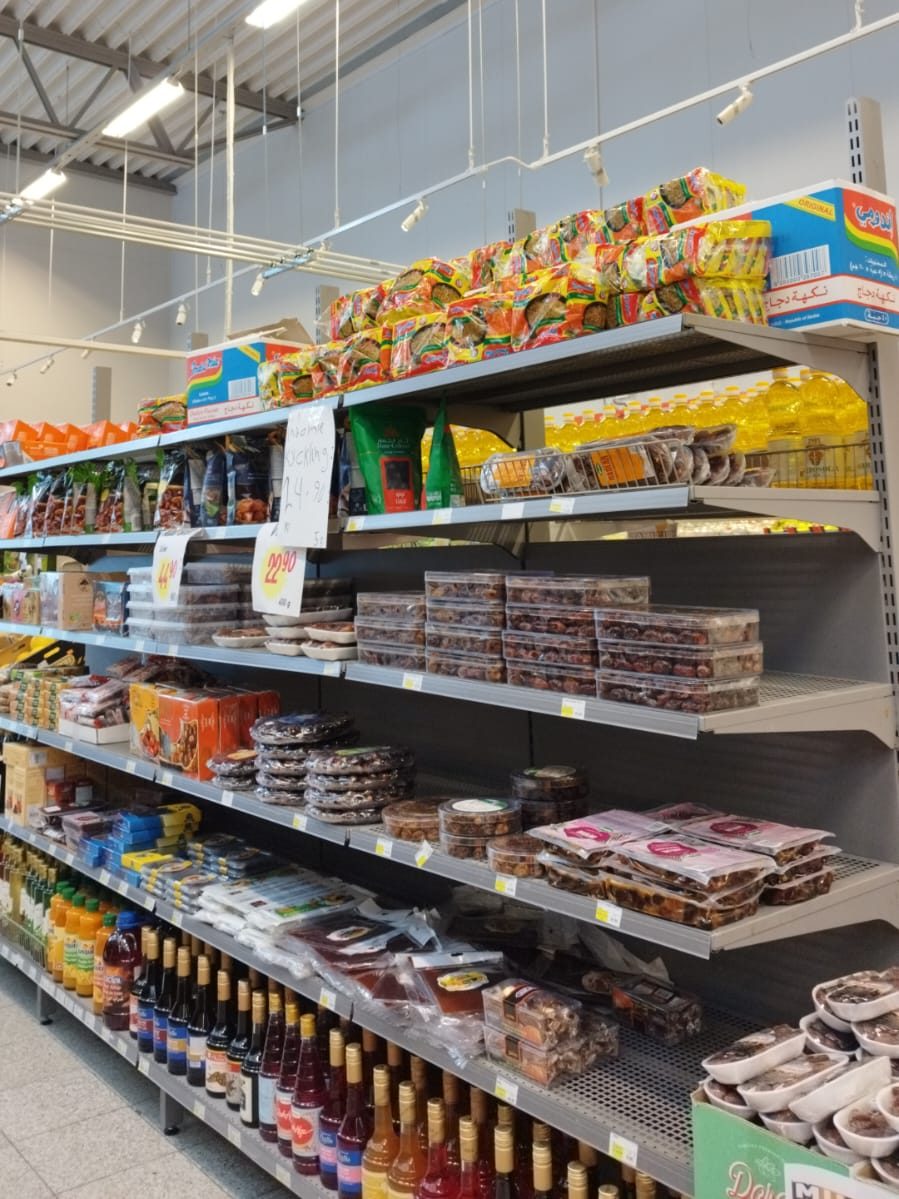
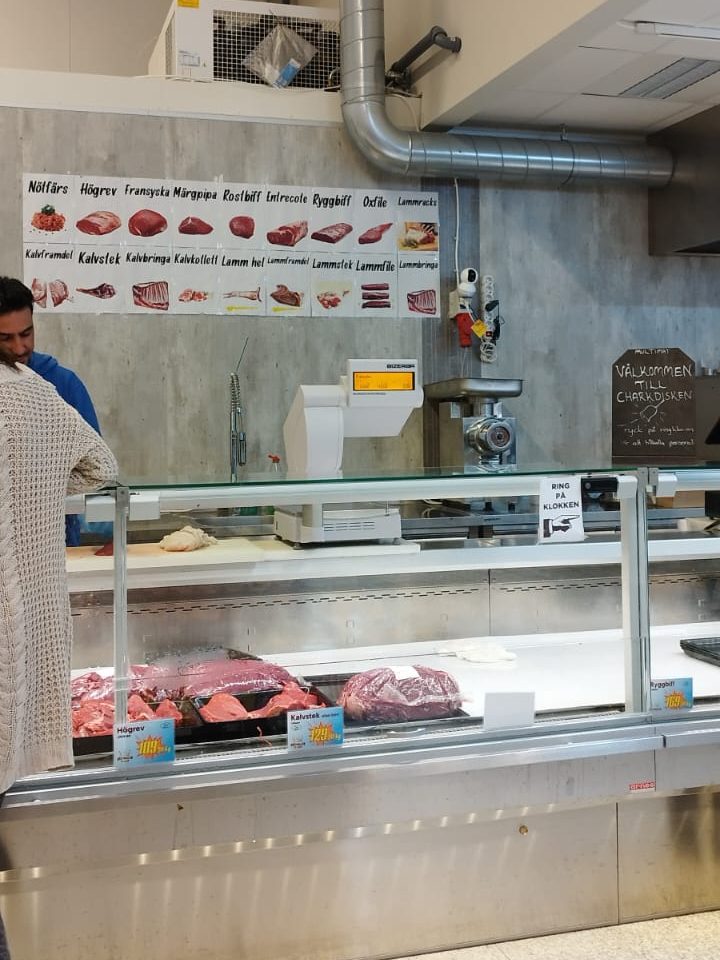
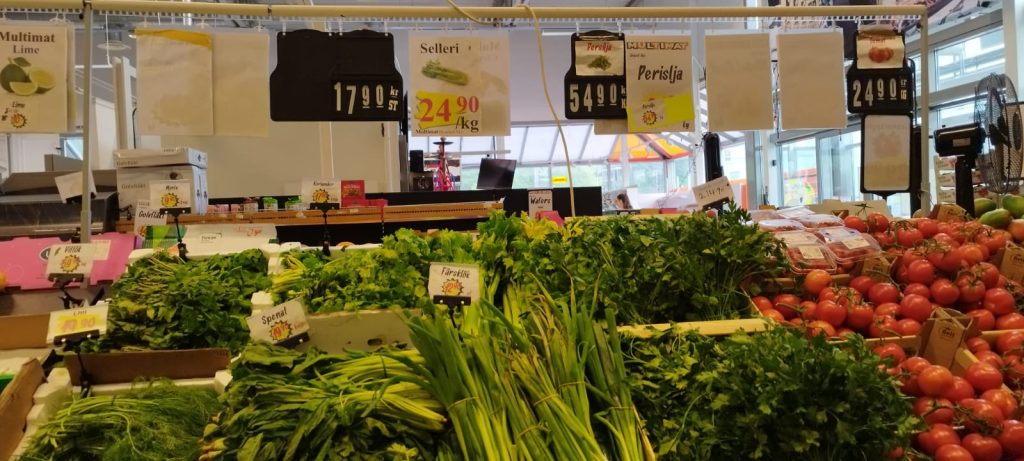
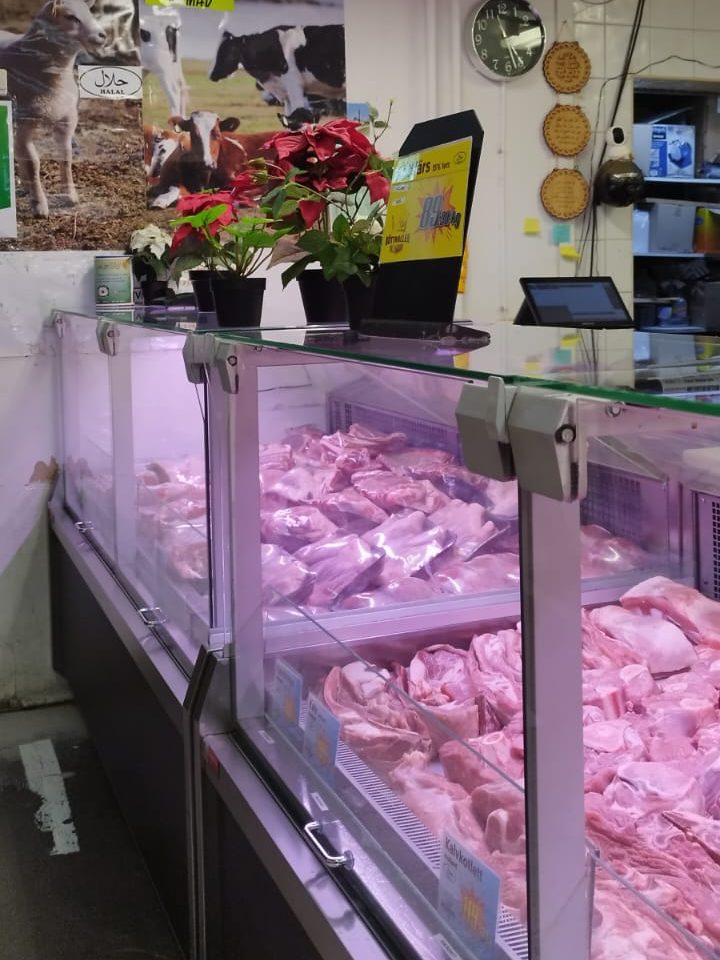
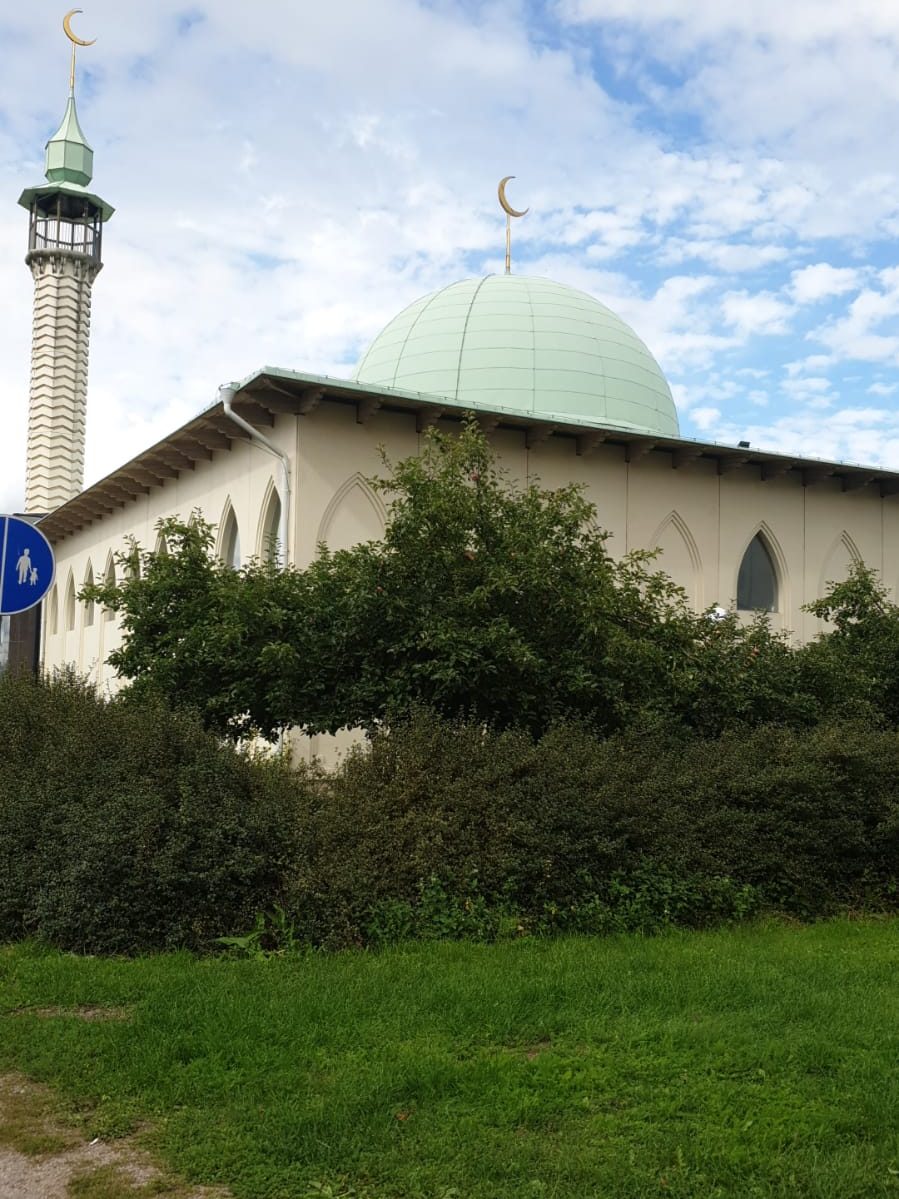
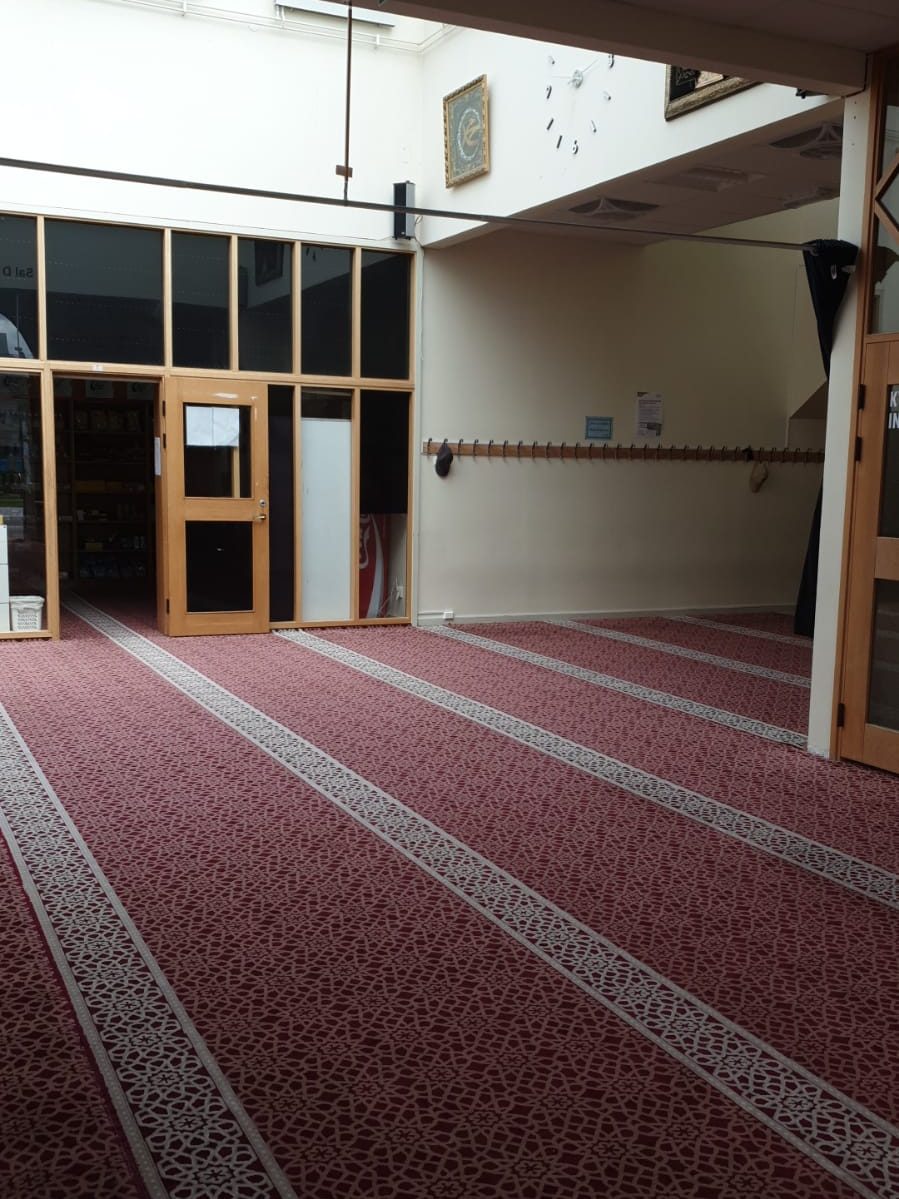
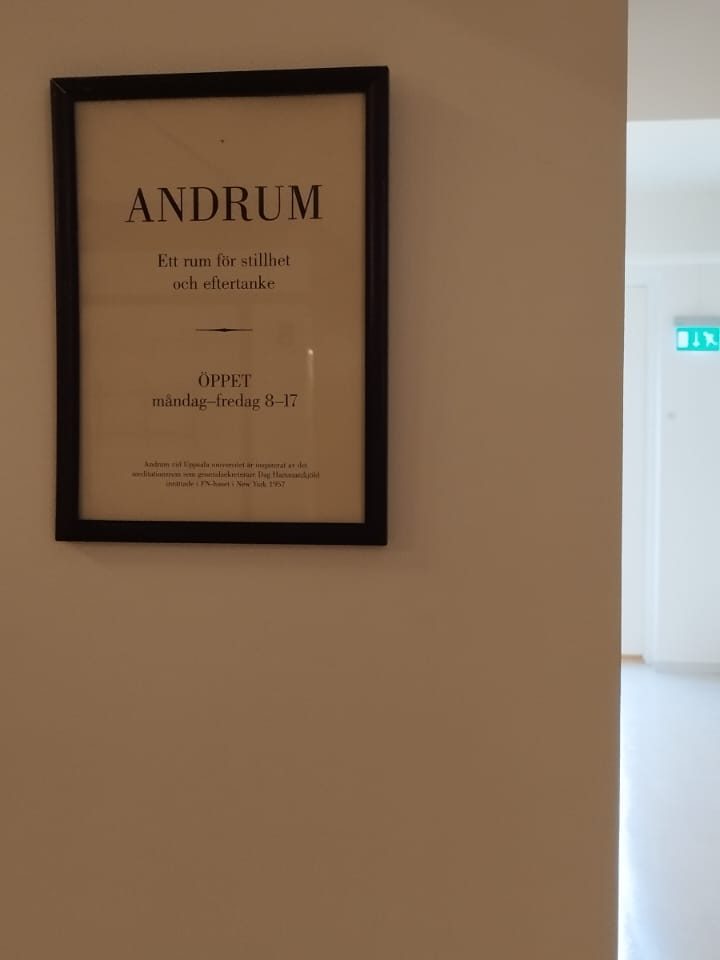
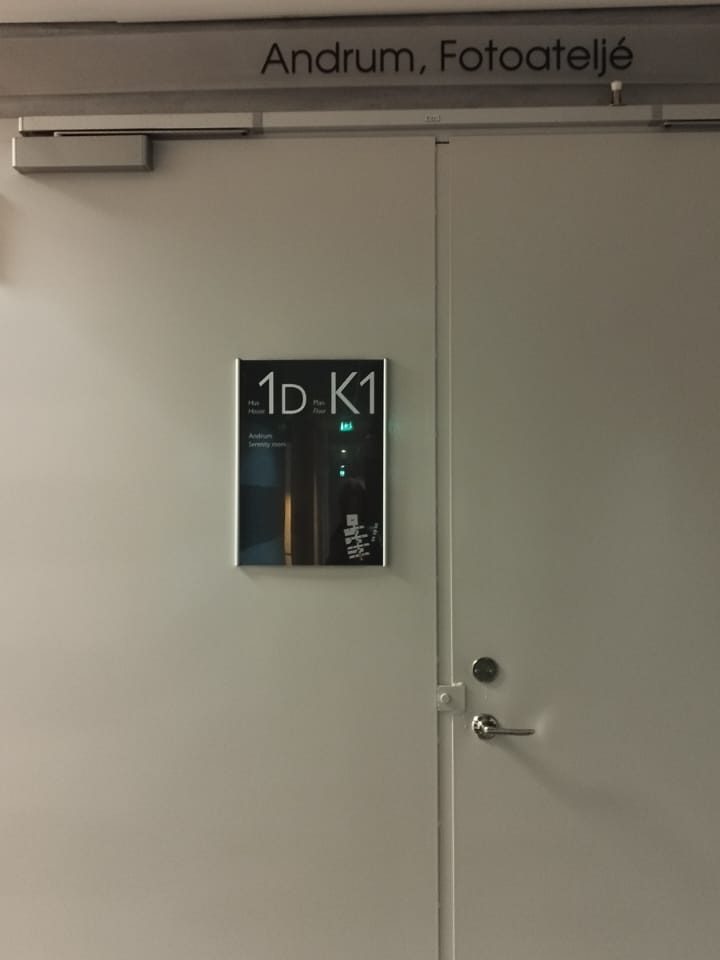
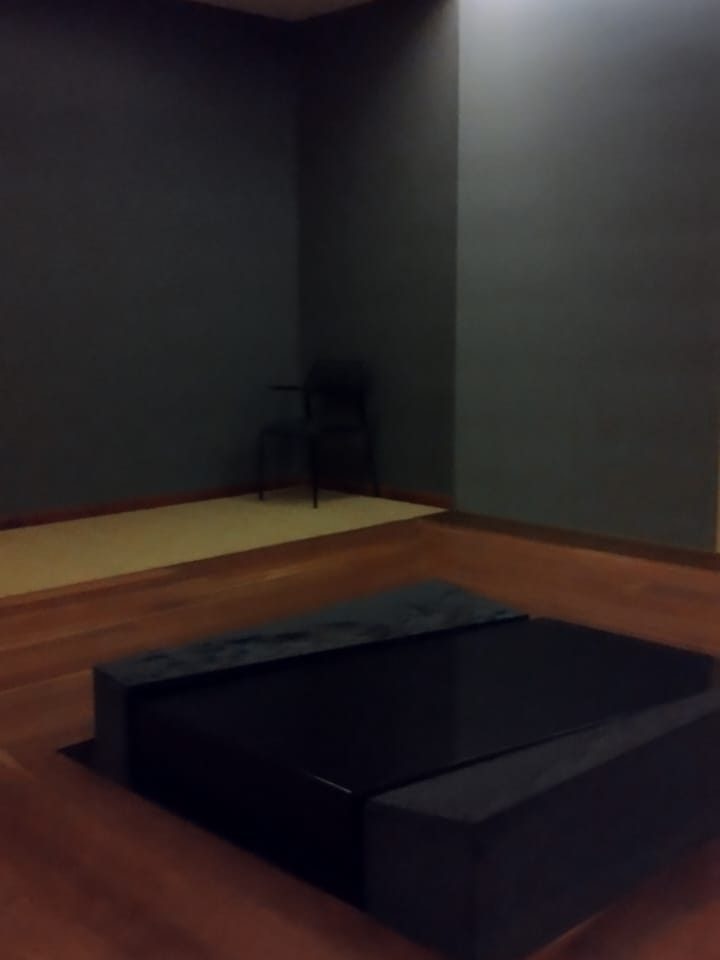
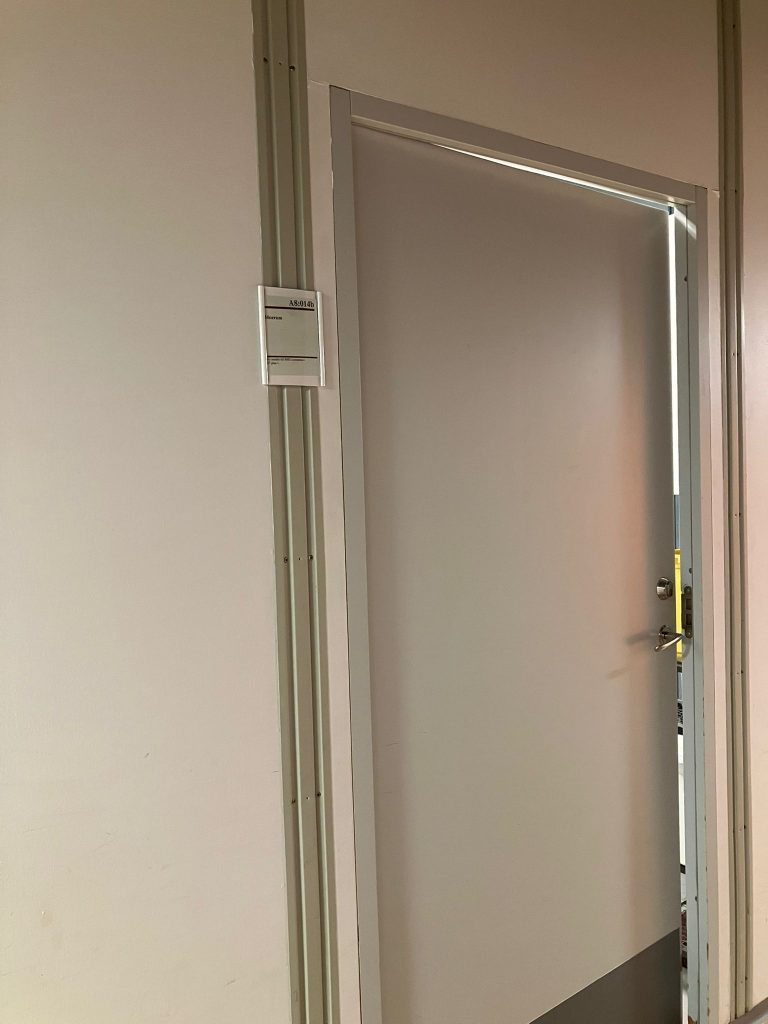
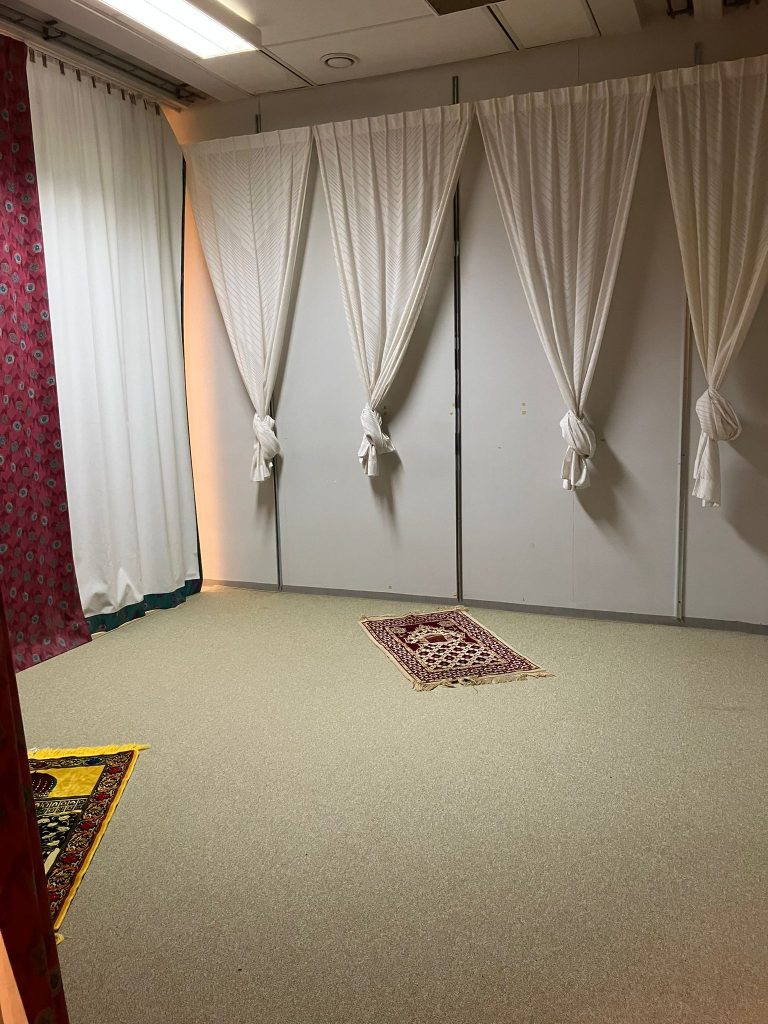
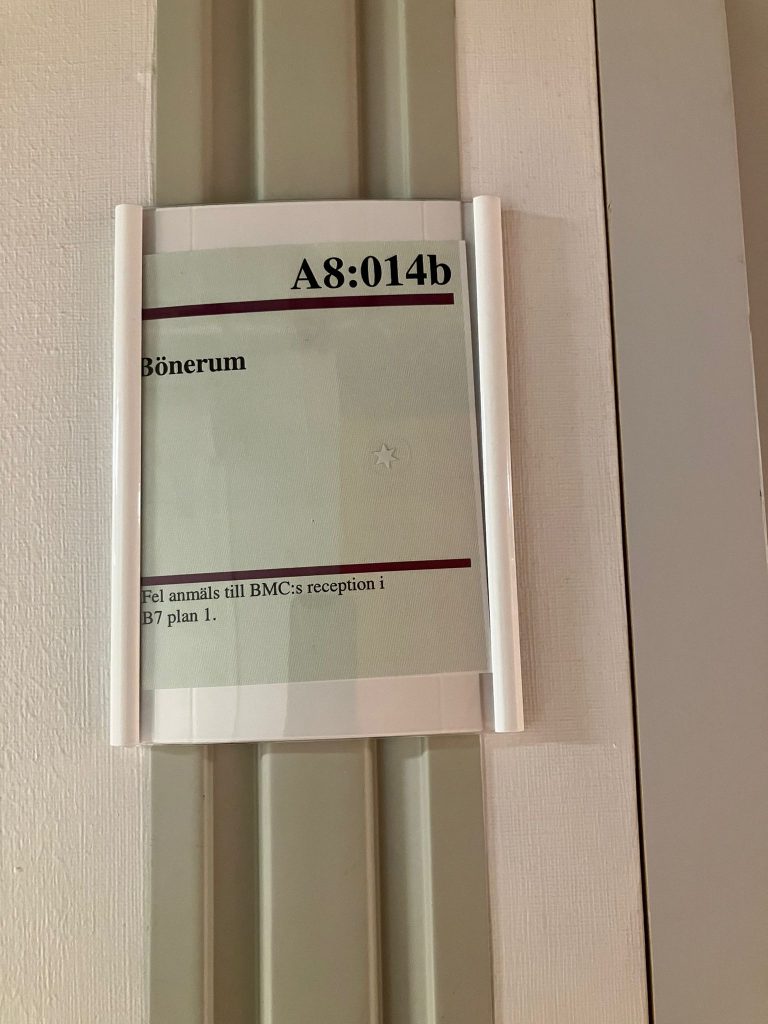
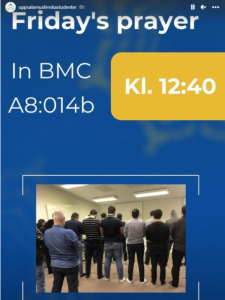
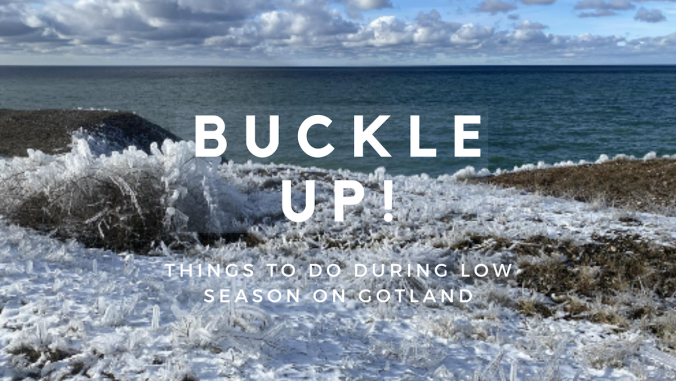
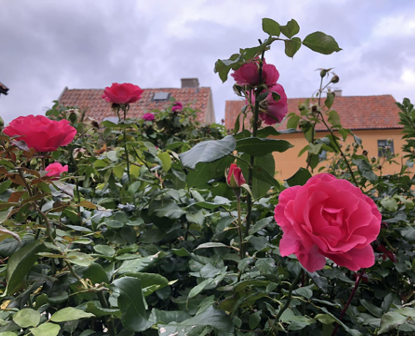
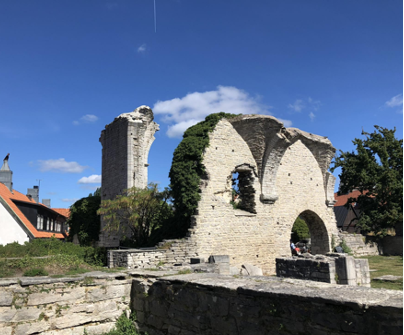
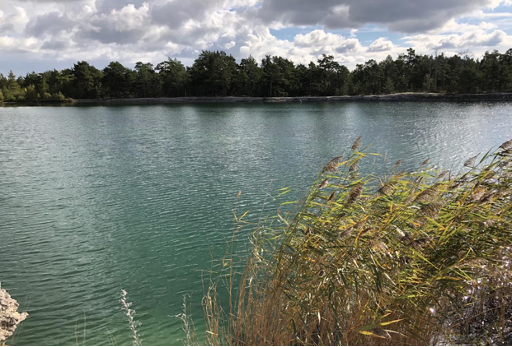
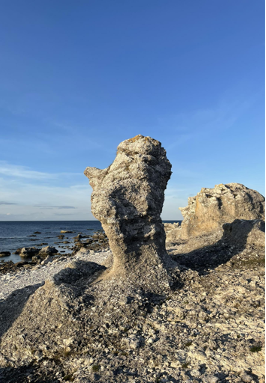
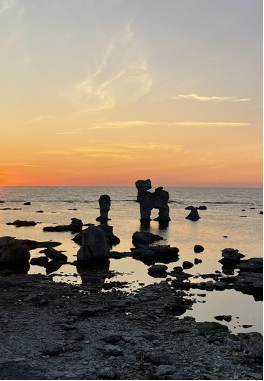
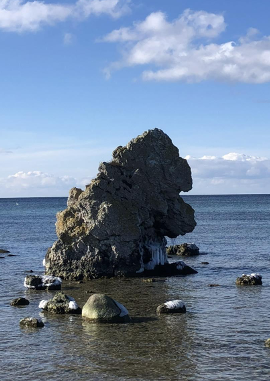


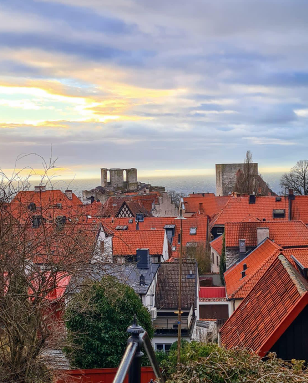
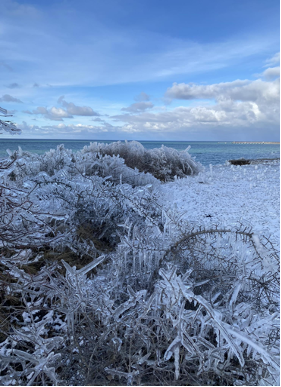
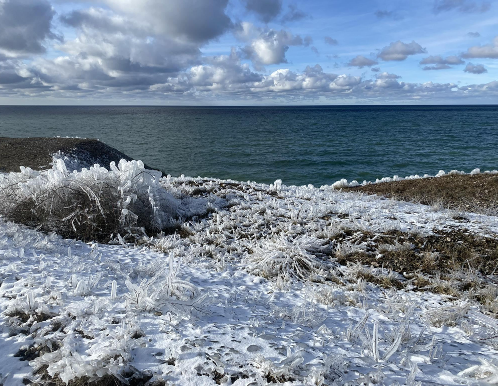
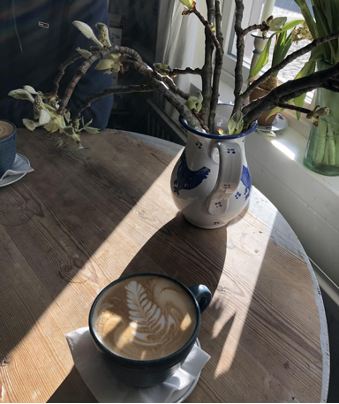
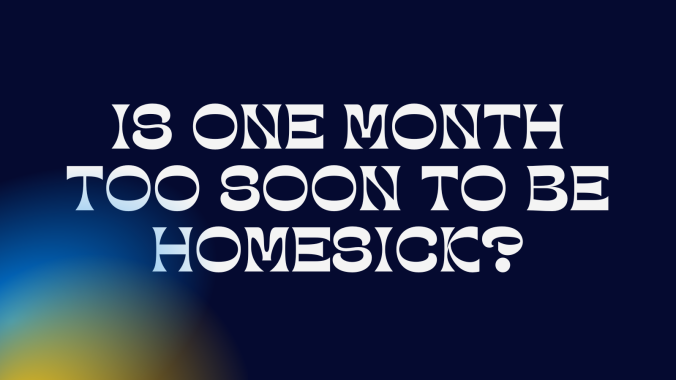
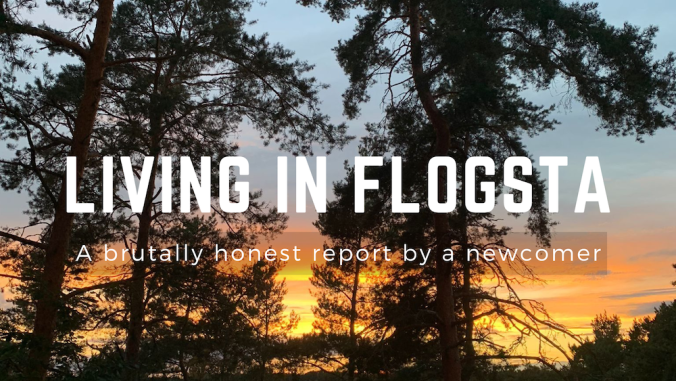
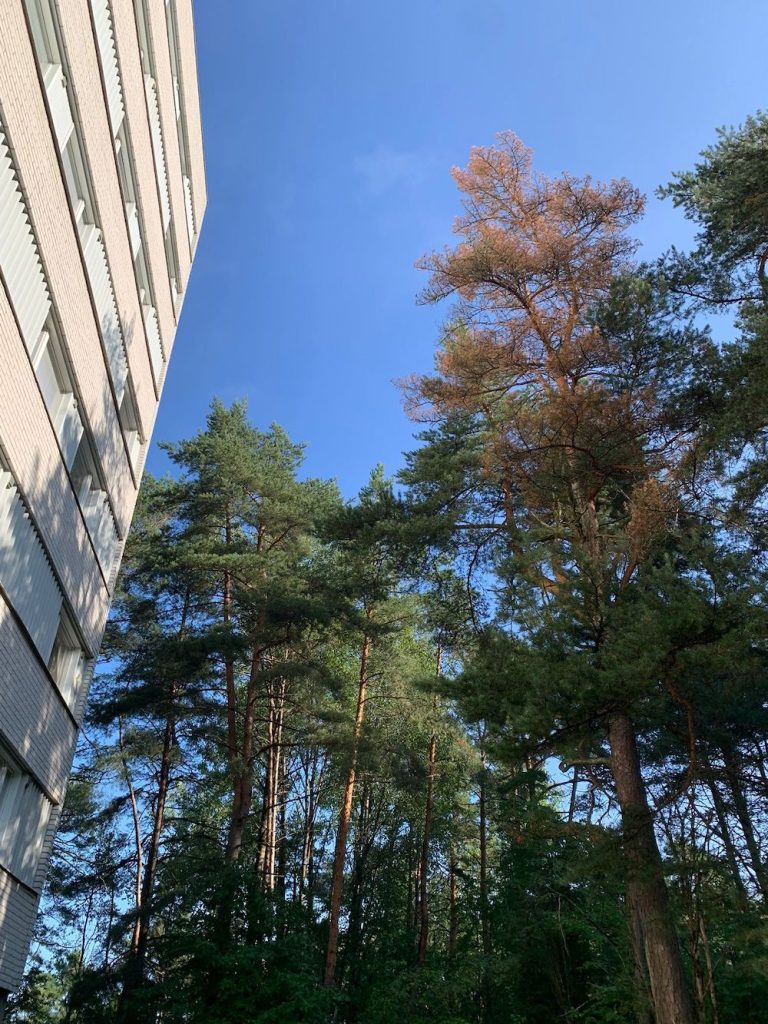
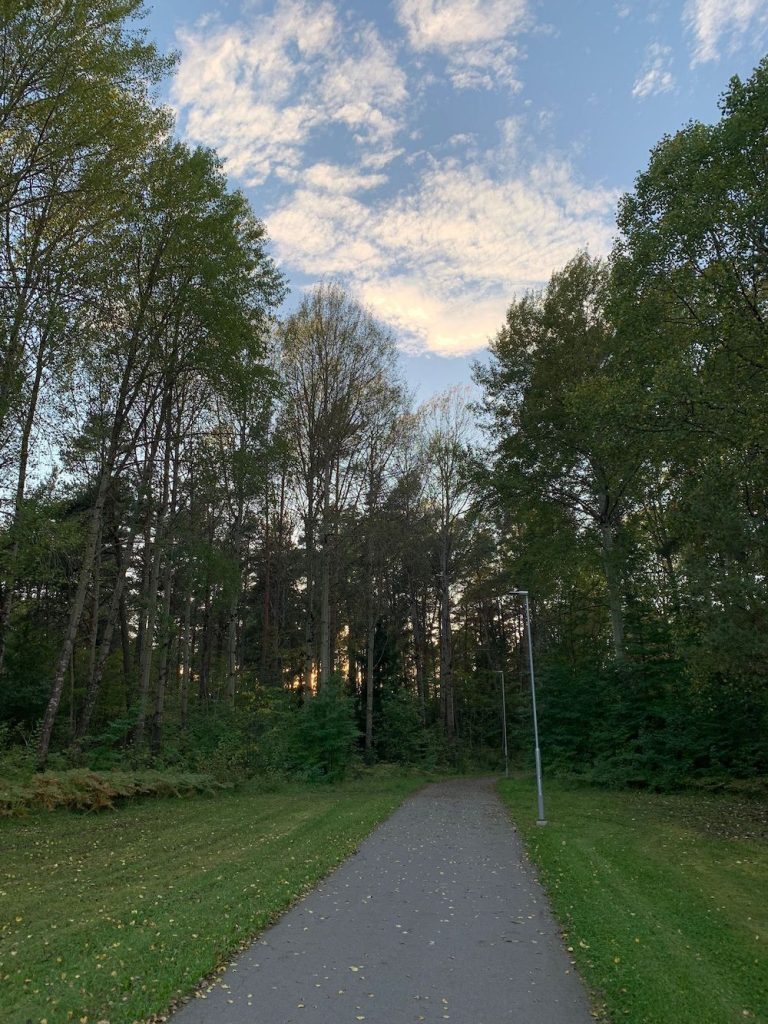
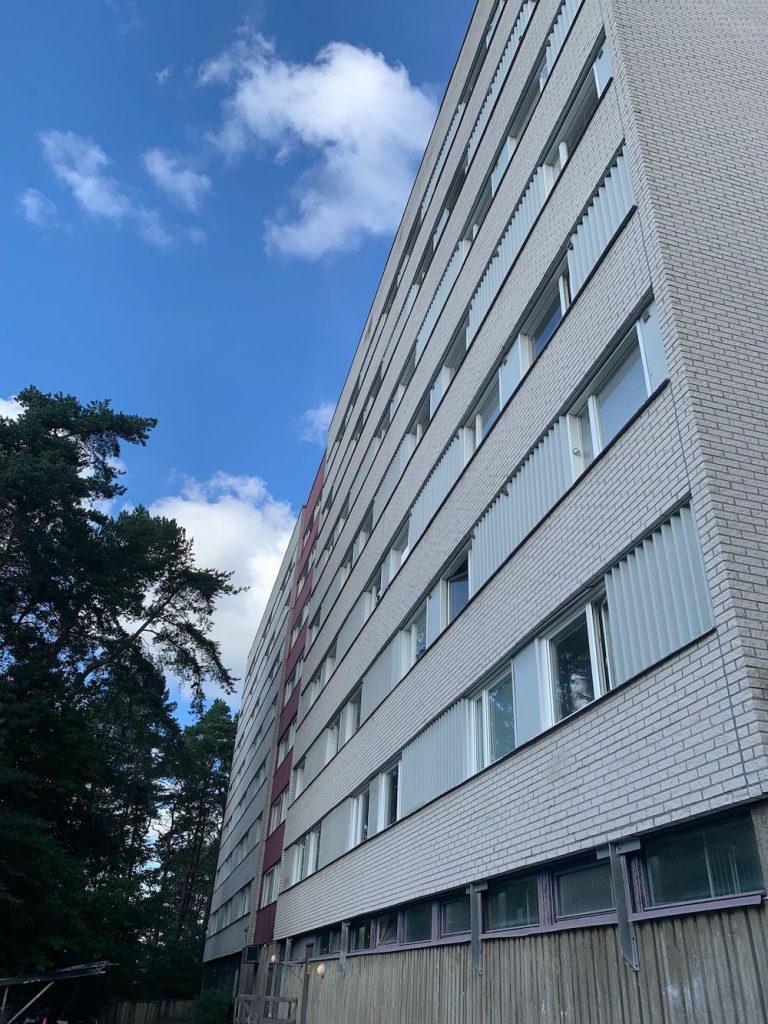
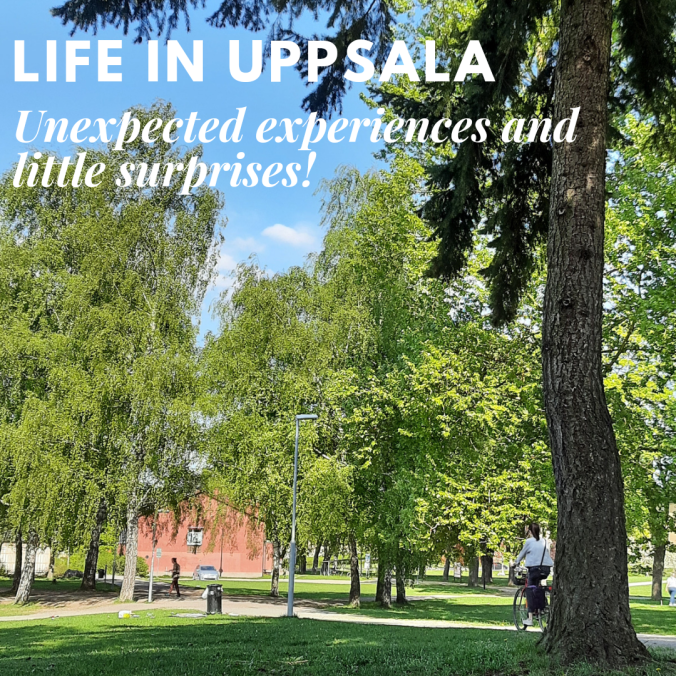
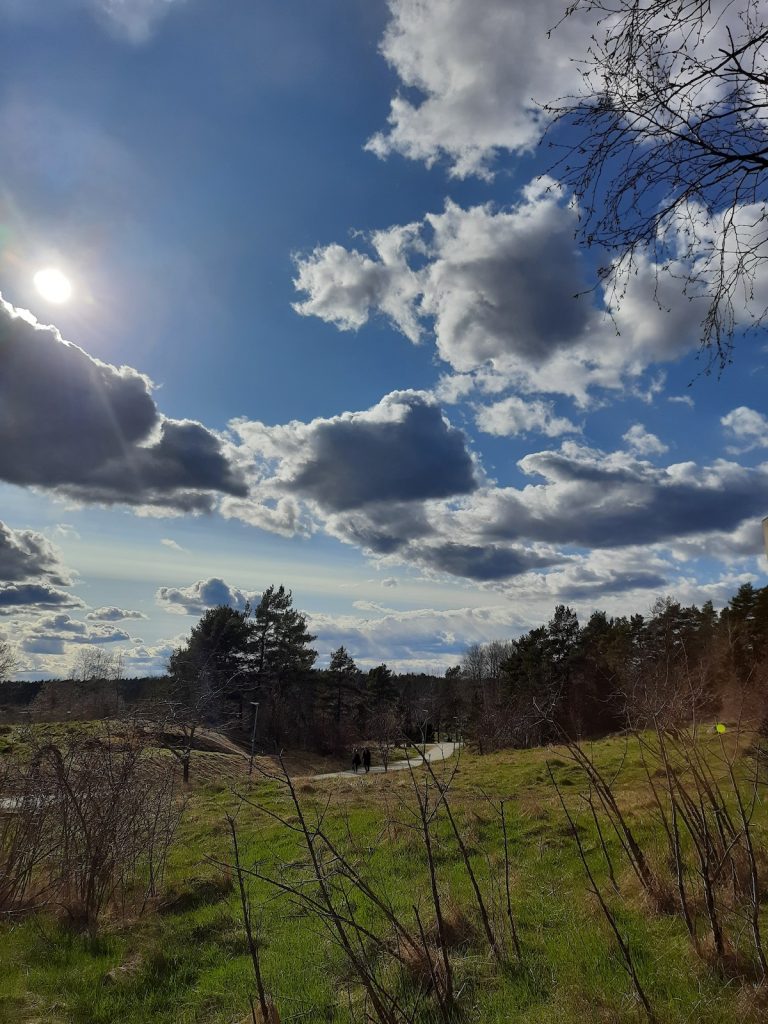
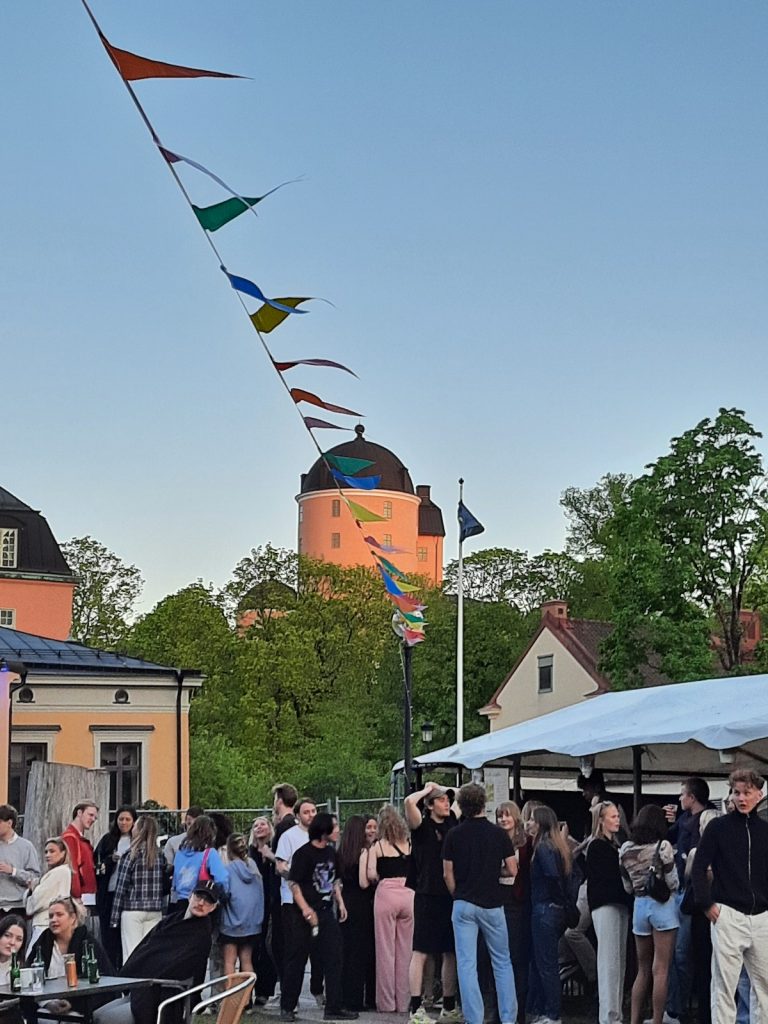
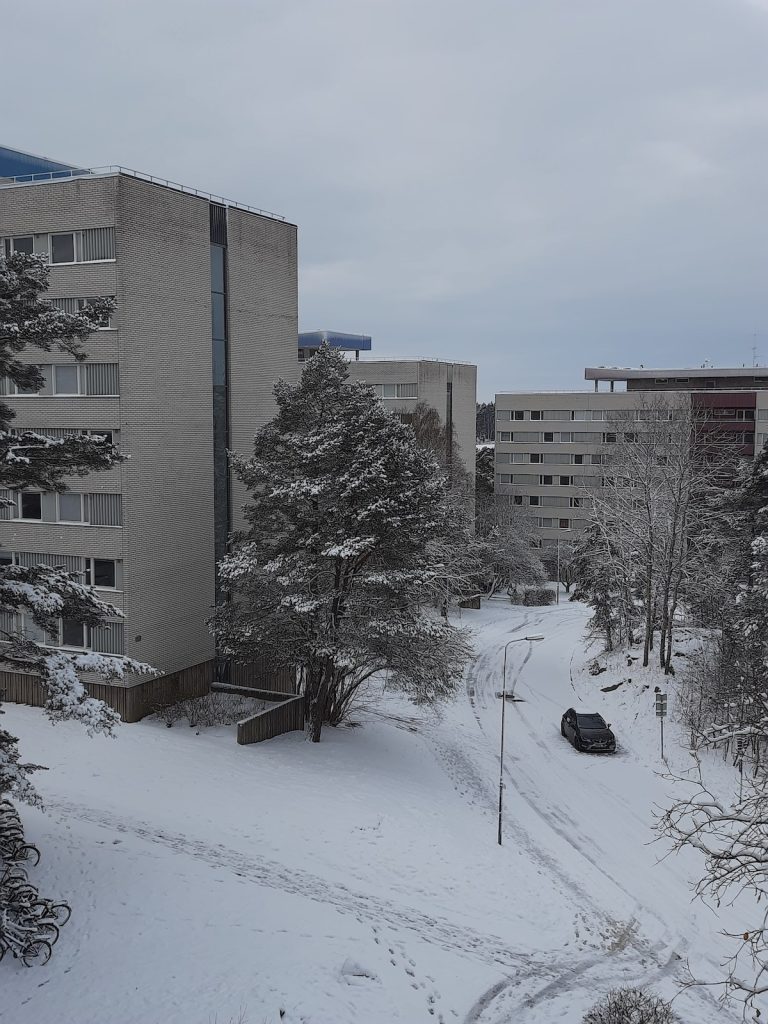
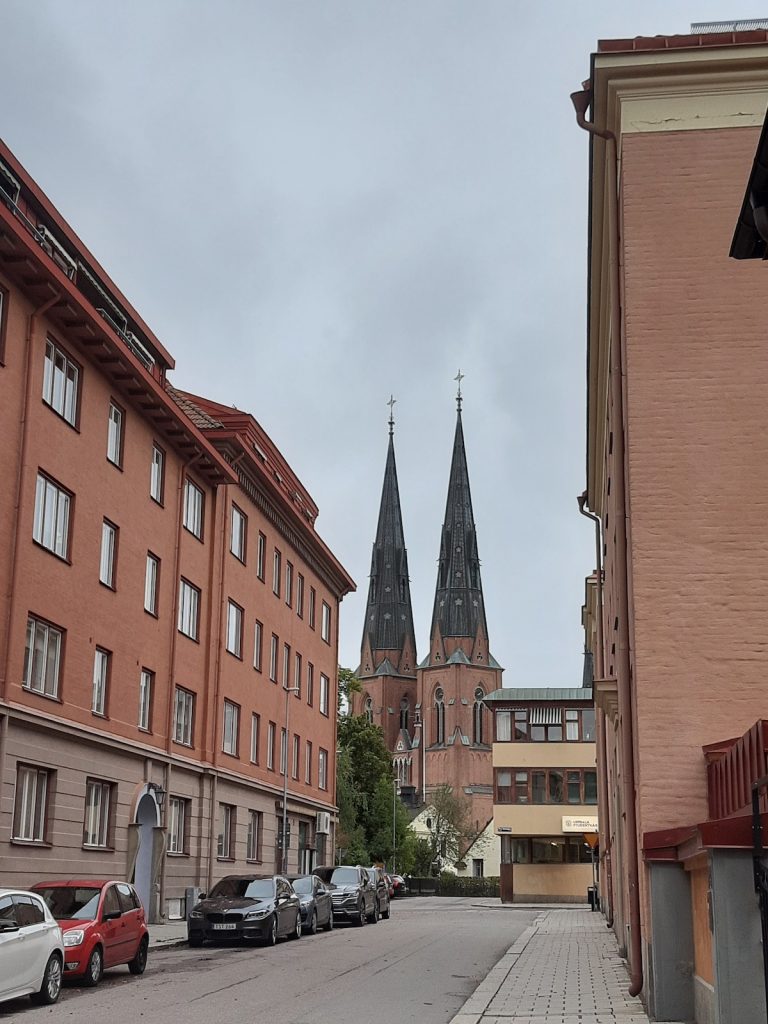
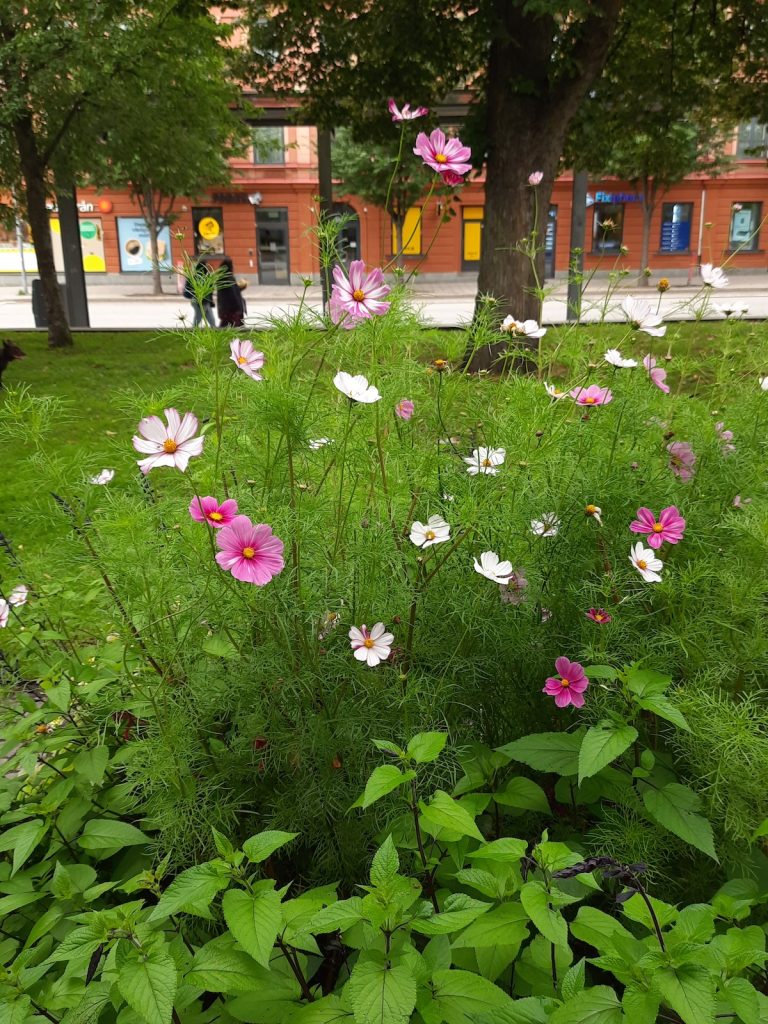
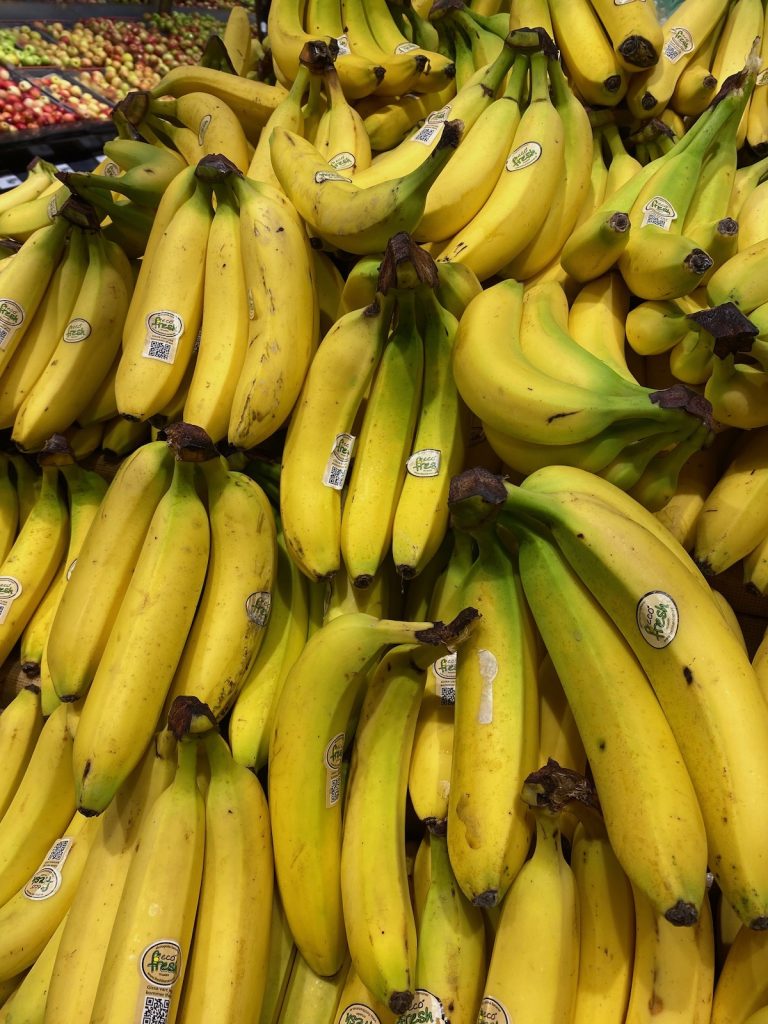
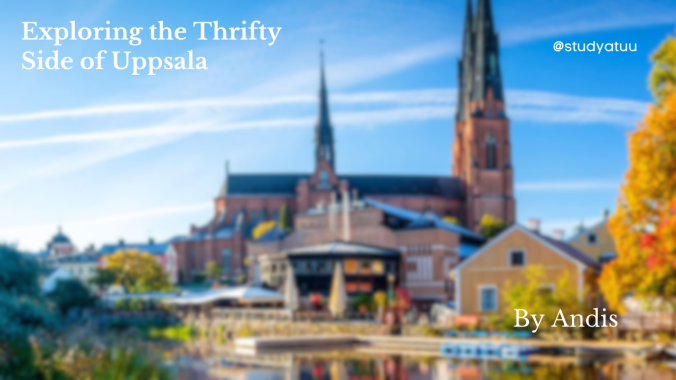



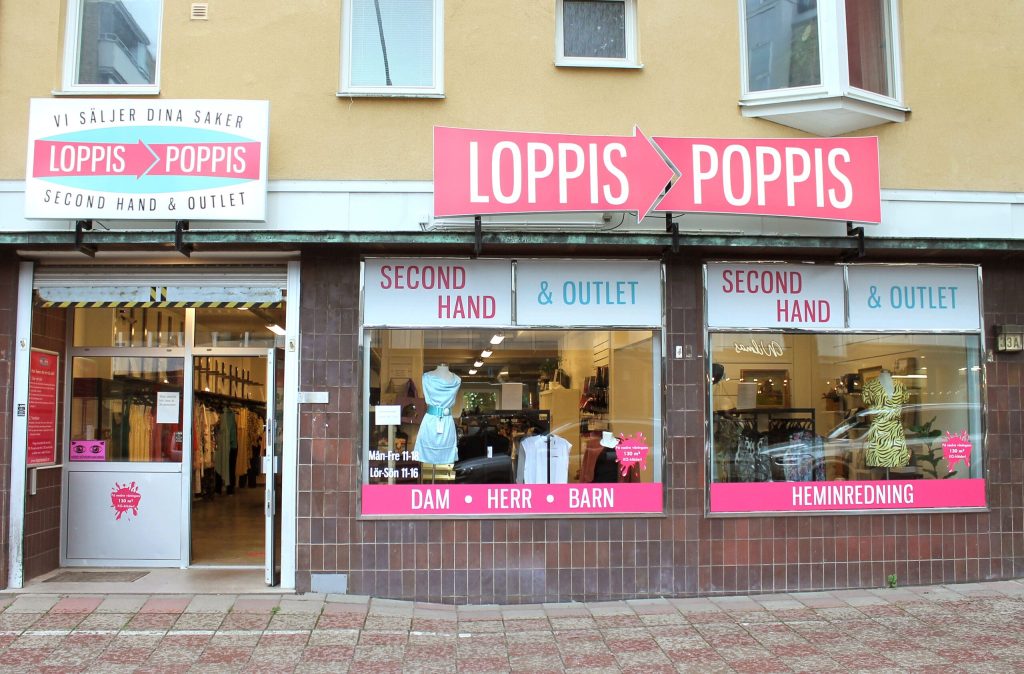
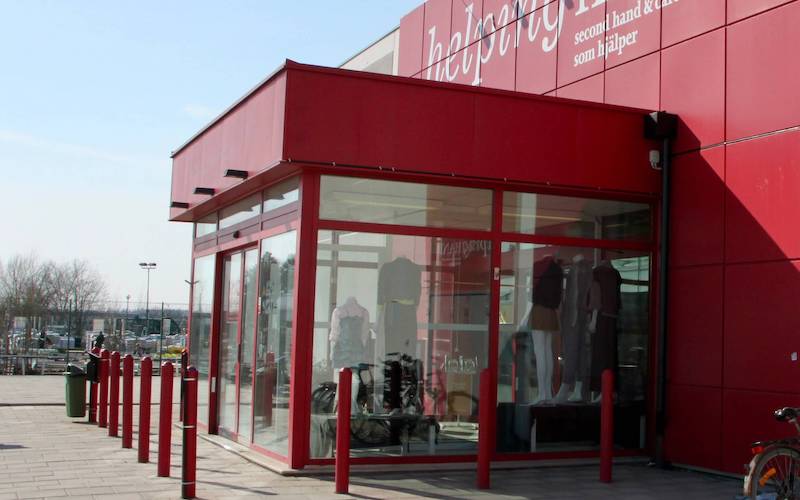
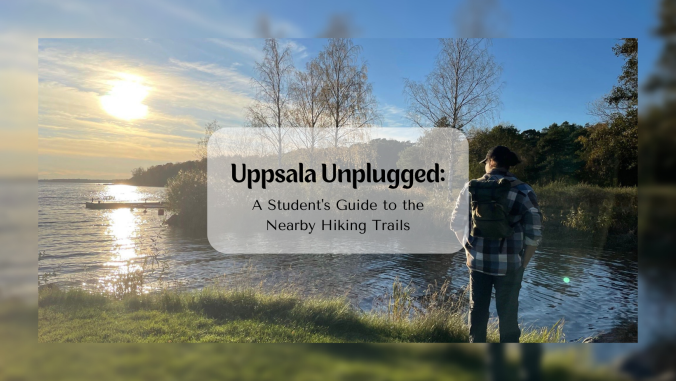
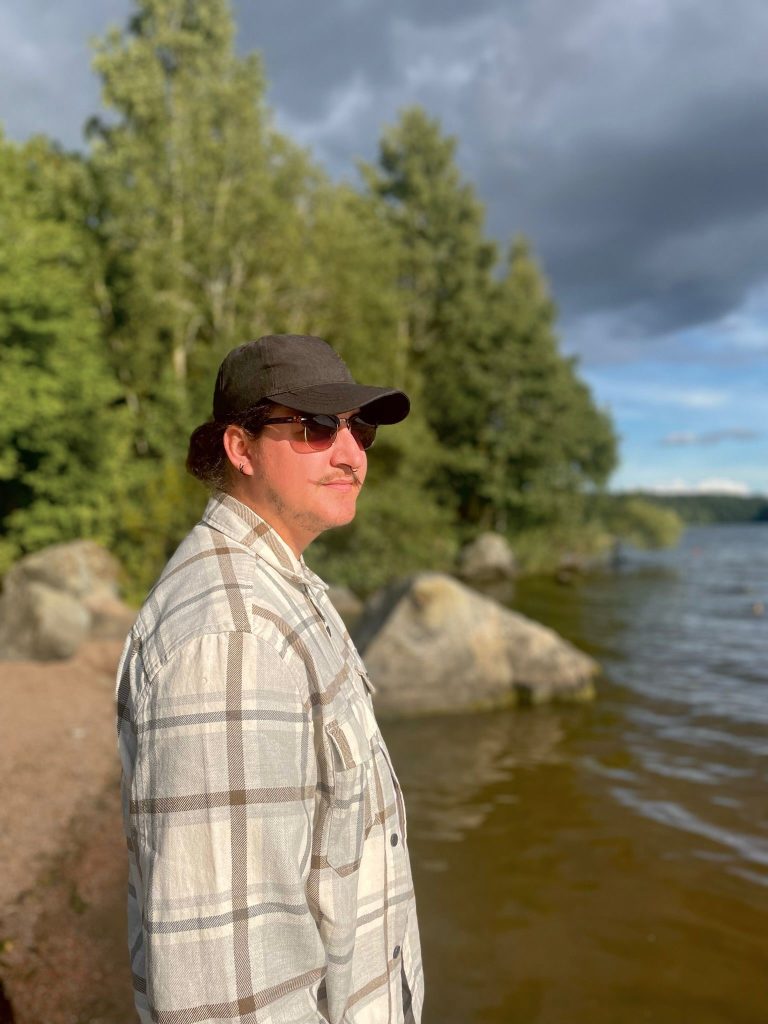
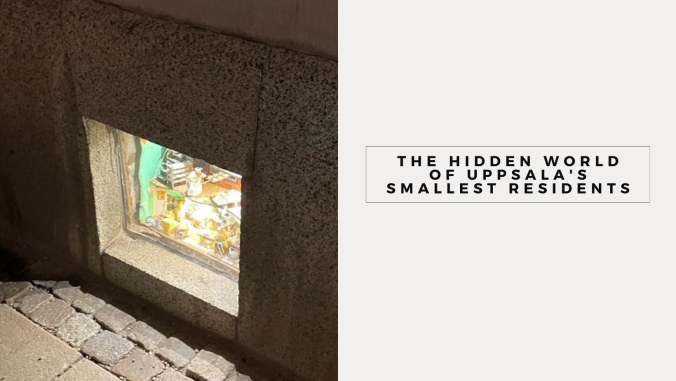
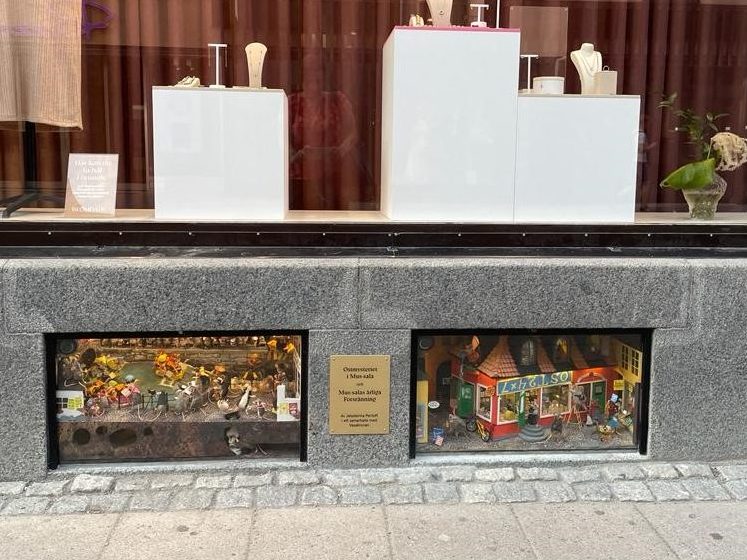
Recent Comments